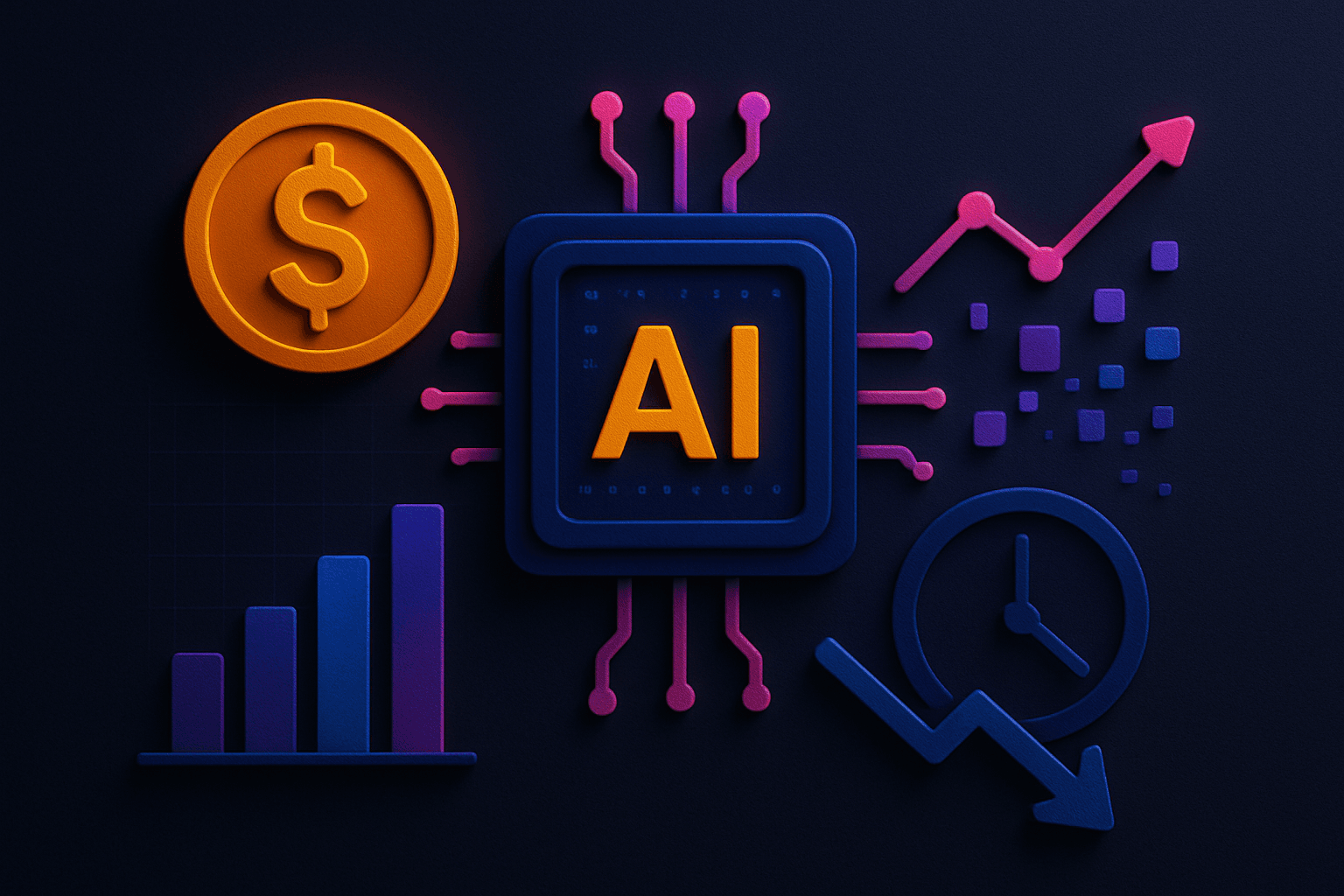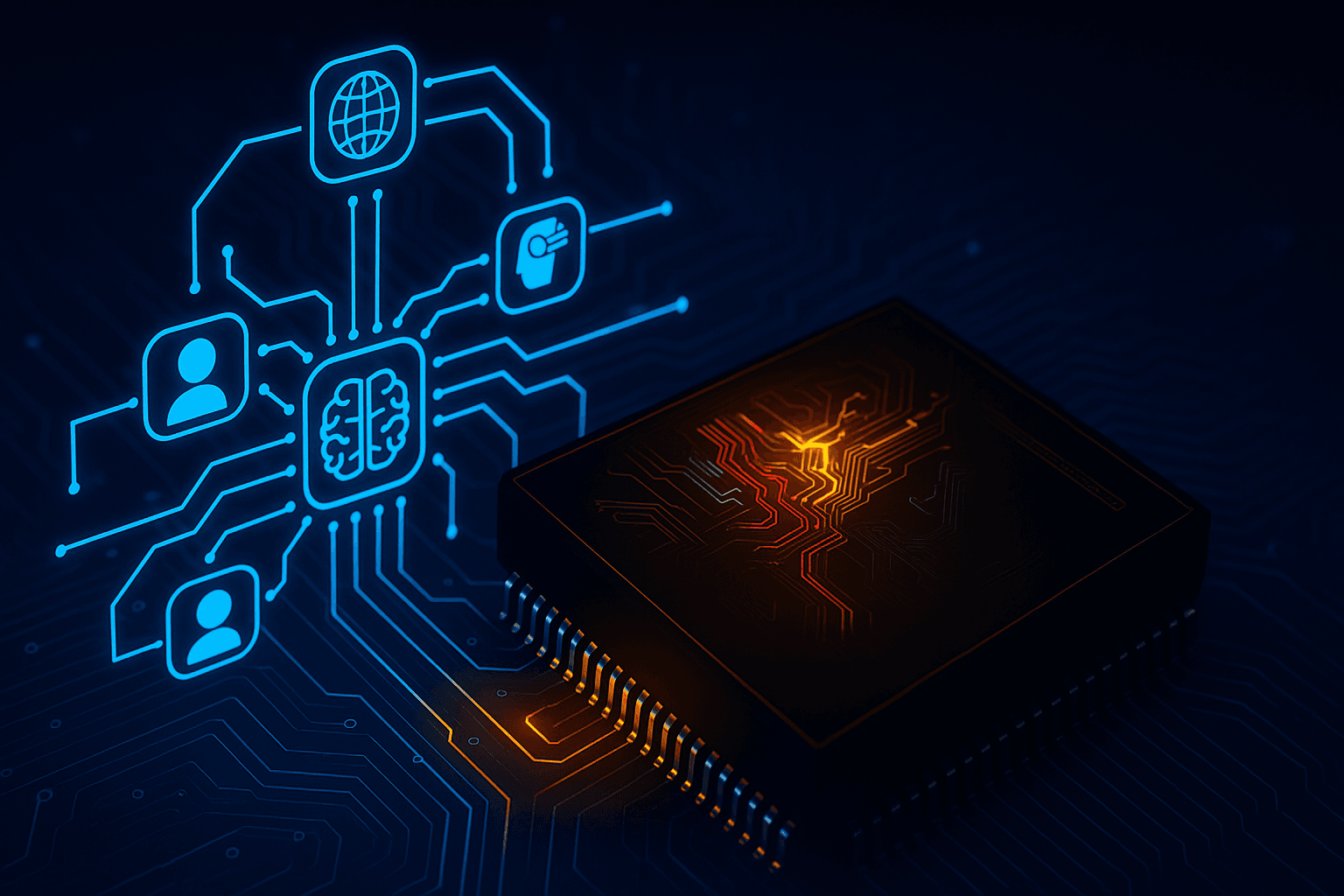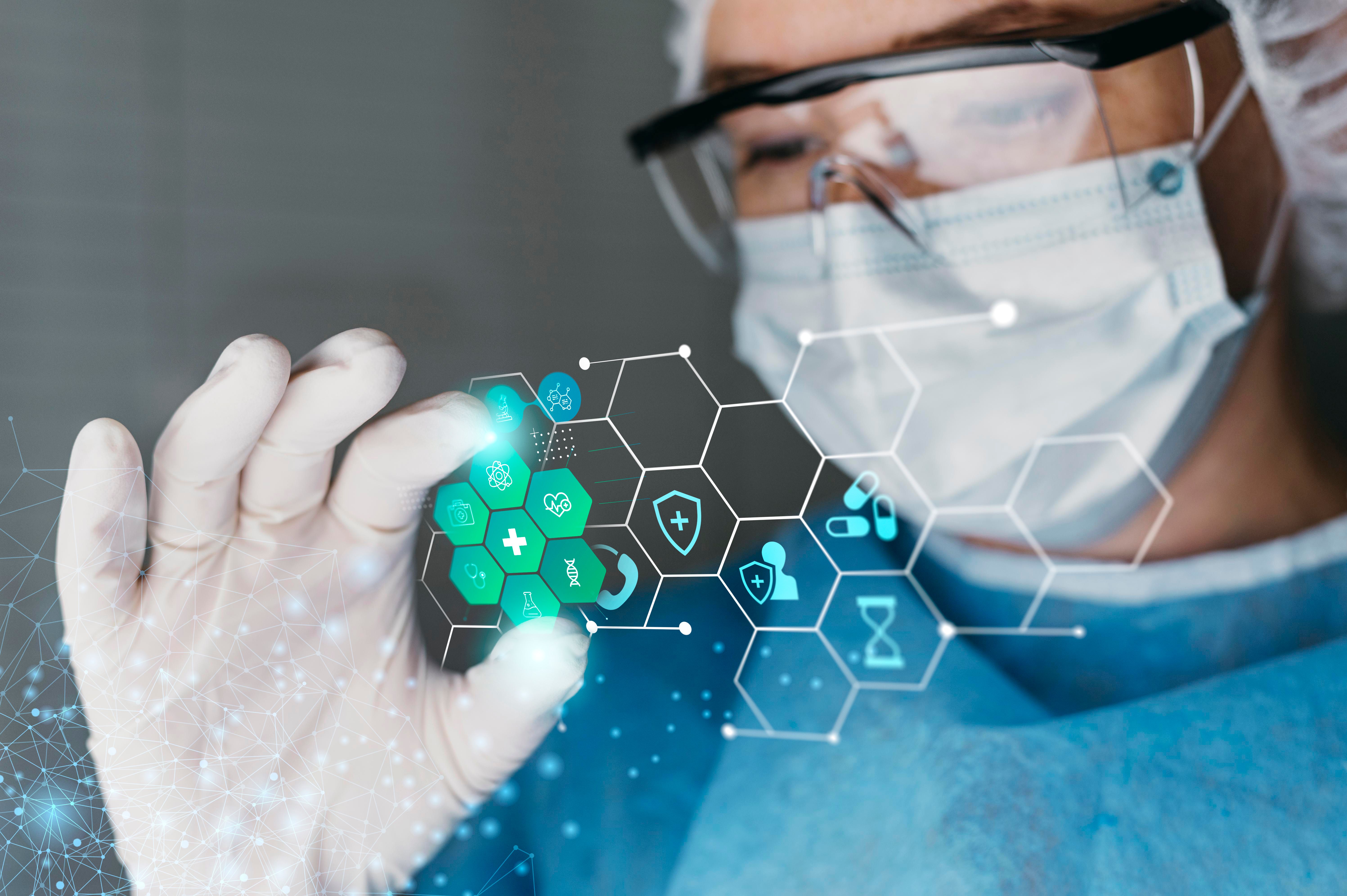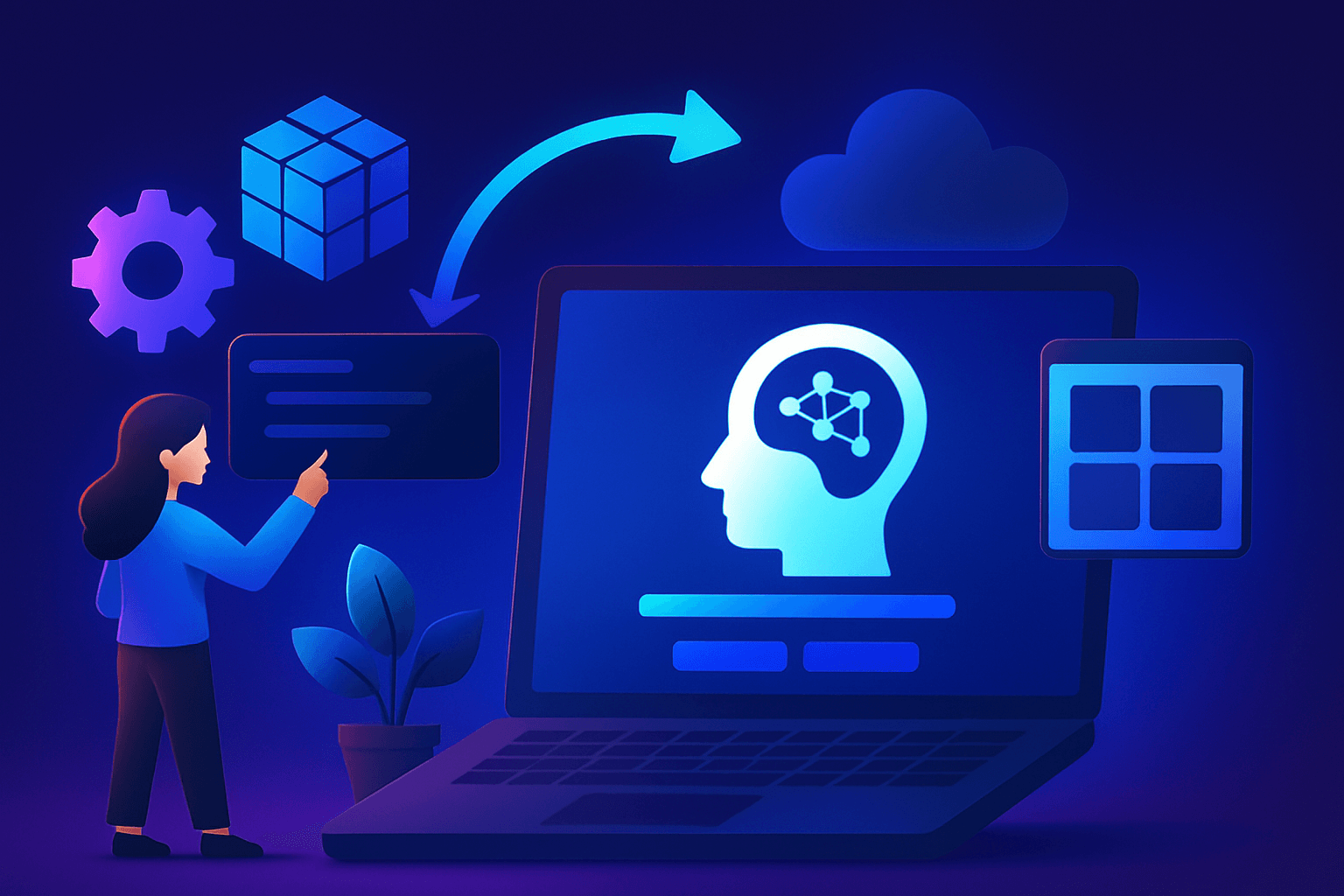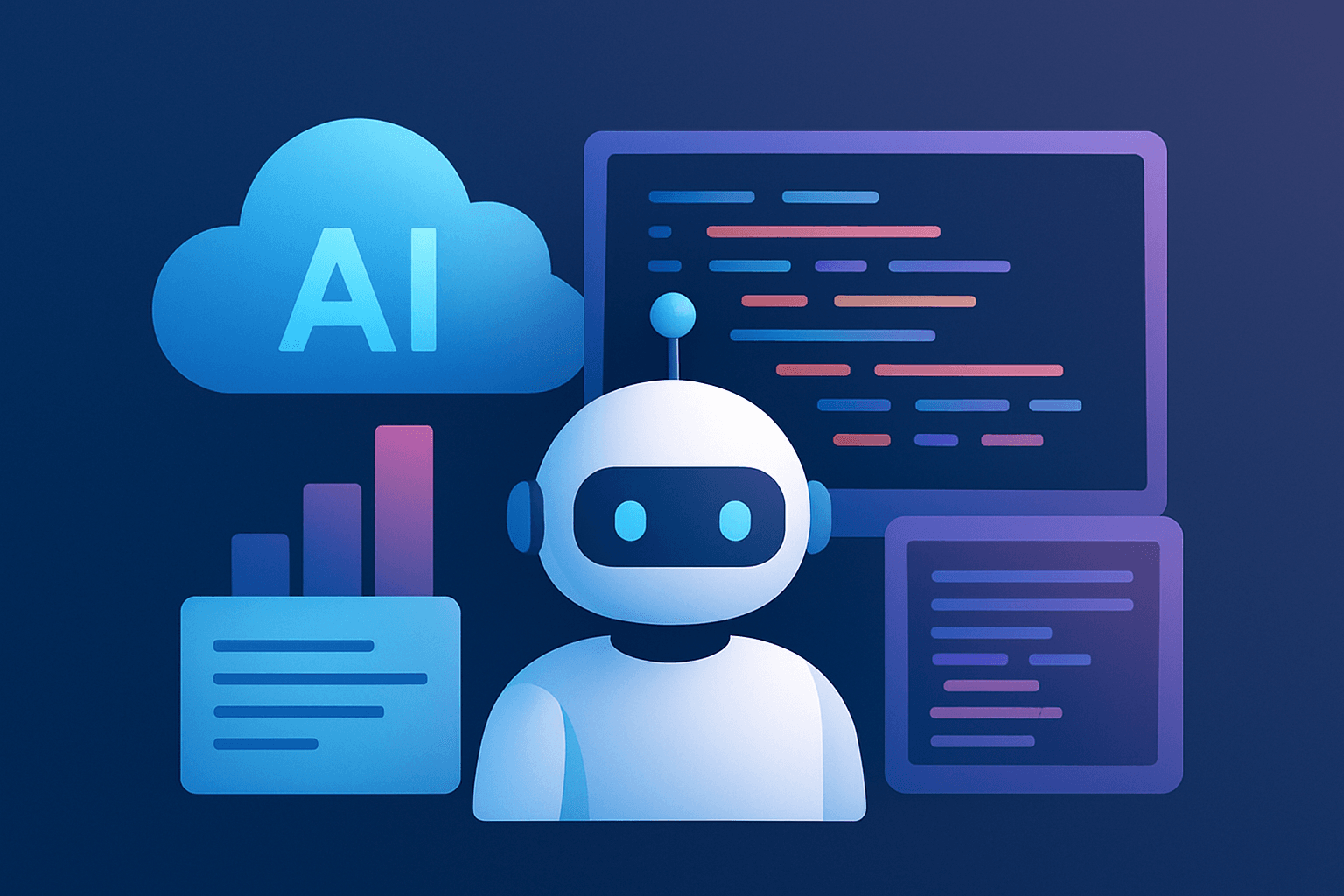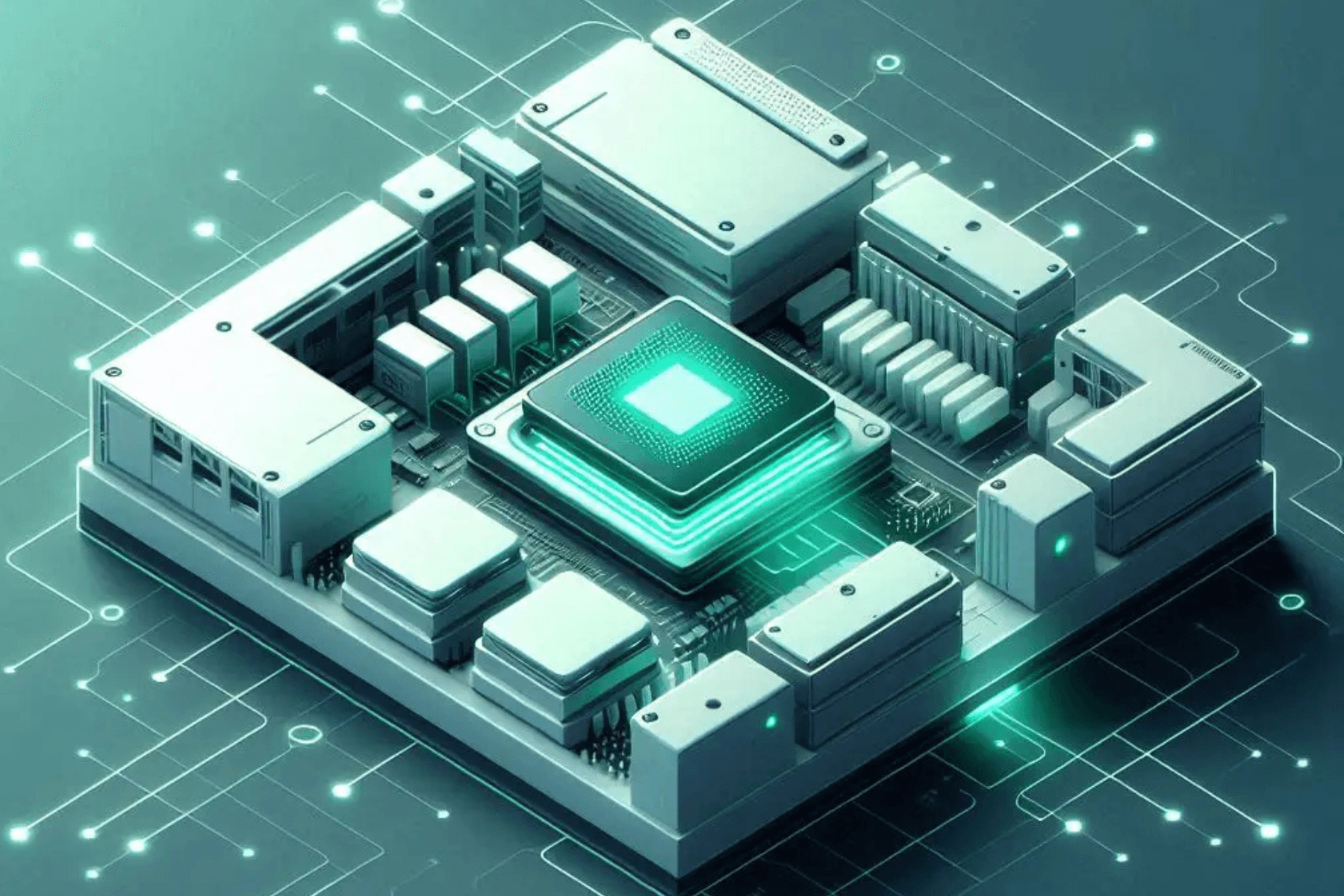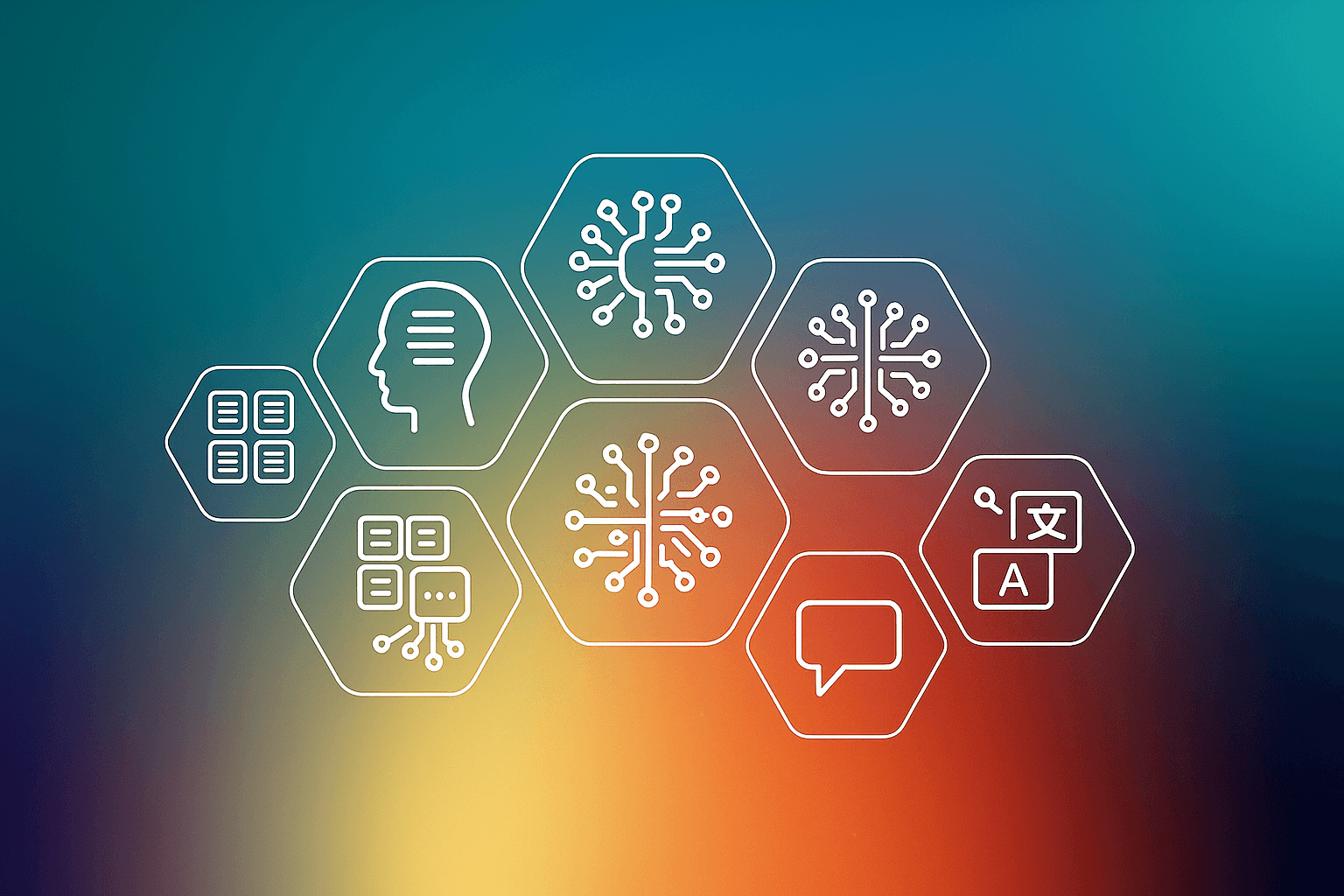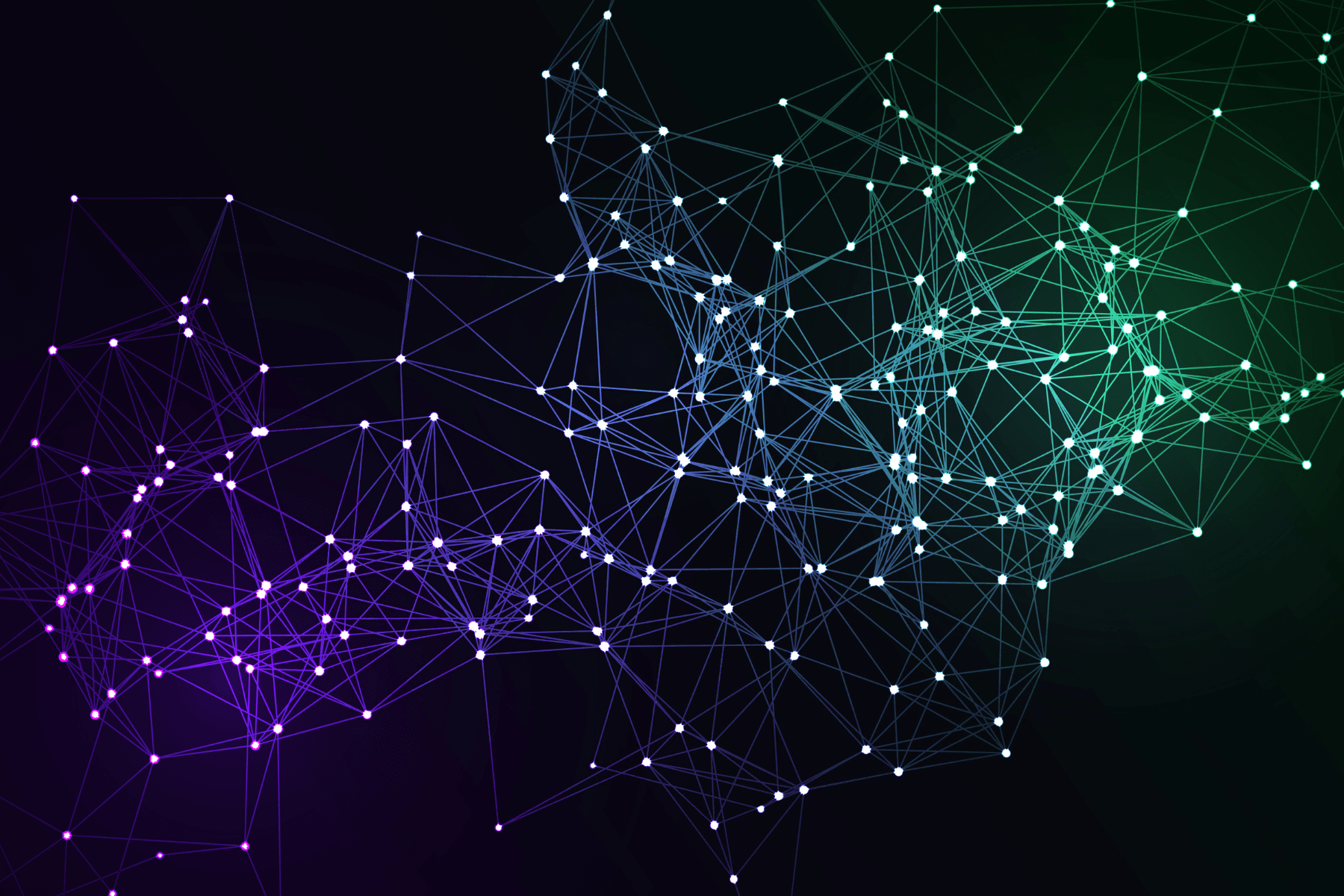As artificial intelligence (AI) continues to disrupt many sectors, including the legal services industry, experts across the world foresee exponential development in AI as a critical technology for bringing new tools and features to improve legal services and access to justice.
According to AI predictions research, legal tech solution providers will almost certainly adapt and incorporate existing AI technologies, transforming them into tools to assist legal firms in growing. This tendency will continue to make its way to the day-to-day work of lawyers and revolutionize the legal sector, with AI-powered judges, AI robot attorneys, and AI-powered features for contract or team management systems.
The capacity to automate simple and repetitive tasks like legal bill evaluation while allowing human specialists to enhance results beyond what machines or humans could do alone is the most promising characteristic of applying AI in the claims business.
In this article, we'll look at how Artificial Intelligence may improve efficiency while saving time and money in the legal services industry.
Artificial Intelligence in Claims Management
Law companies may use AI-based software to automate lower-level duties, allowing attorneys to focus on more complicated analysis and client contact. An attorney's capacity to investigate, advise, and assist their clients can be dramatically enhanced by AI.
AI-based solutions are already being used by certain global corporations to optimize their operations. According to the International Legal Technology Association's Survey, most law firms with 700 or more lawyers utilize AI tools or are working on AI projects. Firms that do not adapt to evolving technologies, particularly larger enterprises, will eventually find it difficult to compete.
Artificial intelligence will automate more aspects of legal practice in the future. In the next two decades, AI might automate more than 100,000 legal support duties, according to a study. Non-attorney legal careers will not be extinguished by AI. Instead, it will almost certainly provide new job opportunities in AI and machine learning, with almost endless possibilities.
Review of Litigation Documents and eDiscovery
One thing that all attorneys agree on is that the profession of law requires a lot of paperwork. Even a basic case can generate a plethora of paperwork, communications, and reports. Attorneys are required to evaluate all discovery materials in a case. If an attorney overlooks essential terminology or revisions, the results might be severe, even amounting to malpractice. Fortunately, artificial intelligence (AI) simplifies document inspection.
AI eDiscovery algorithms understand how a company evaluates documents and sorts out relevant phrases, themes, and other criteria. When AI software understands what to search for, it may recommend significant papers and areas of interest within the information.
AI addresses two ongoing issues with document discovery: time and cost.
Aside from e-discovery and document review, which is perhaps the most common usage of AI among litigators for resolving claims, there are a few additional important areas in which AI might especially enable litigators to be more successful and efficient: Legal research, prediction of legal outcomes using data analytics, contract management, and creating automated legal arguments
Improved and quicker legal research
For decades, attorneys have employed text retrieval for legal research. It's time-consuming to look for relevant case law. General search phrases might return hundreds of case results, which is inconvenient for a busy lawyer. Because AI learns what an attorney needs, it optimizes search results. The AI tailors the more data and information an attorney supplies to reduce the scope. Instead of 1,000 possible instances with significant precedent, the AI may just present the attorney with a few of the most relevant. Furthermore, AI may continue the search even after the first query has been made. It's like having a legal assistant researching for a client at all hours of the day and night.
Legal result forecasting
"Do you believe I'd win this case if it got to trial?" and "Should we settle?" are two of the most typical queries clients ask attorneys. What is an acceptable answer? Attorneys make decisions based on their years of litigation expertise and knowledge of area judges and opposing counsel.
Artificial intelligence raises the bar on prediction. Identical instances with similar information may be analyzed by AI, which can then give a statistical analysis to reliably anticipate lawsuit outcomes. Attorneys may reliably advise clients on how and whether to proceed with litigation using this tool.
But is AI, however, accurate in predicting lawsuit outcomes? Over a year, a London legal practice examined data from more than 600 cases to estimate the feasibility of many personal injury lawsuits. This study found that Artificial intelligence outperforms human specialists in forecasting Court decisions.
Creating automated legal arguments
By simply uploading a complaint or discovery request and including jurisdictional criteria, AI is currently being utilized to produce responding pleadings, discovery answers, and associated documents. For example, a tool using an AI algorithm can create some of the more common responding litigation papers, such as replies and responses, as well as objections to demands for production and interrogatories, in only a few minutes.
Contract administration
Contract management is essential for attorneys who deal with significant numbers of contracts daily. Artificial intelligence allows you to arrange, track, and negotiate contracts quickly and efficiently. AI gathers data over time to assist lawyers in concluding, developing future contract strategies, and uncovering new insights inside contract provisions. AI software gives lawyers more confidence in contract discussions, which leads to better results for their clients.
Conclusion
Finally, technology may help us improve results and allow individuals to resolve public disagreements in ways that were previously impossible. AI technology might be used in the future legal system to assist resolve conflicts without the need for attorneys or the existing court system.
While this change may not resolve all issues with the legal system or access to justice, it can provide a significant improvement provided by AI as a service. It is possible that within a relatively short period, we will have systems that can forecast the results of court rulings based on previous decisions utilizing predictive analytics. Imagine instead of waiting for a court date (and the backing of the traditional legal system), individuals could utilize an AI & Machine Learning system that predicts a case's likely result and then accepts that prediction as a binding verdict.
